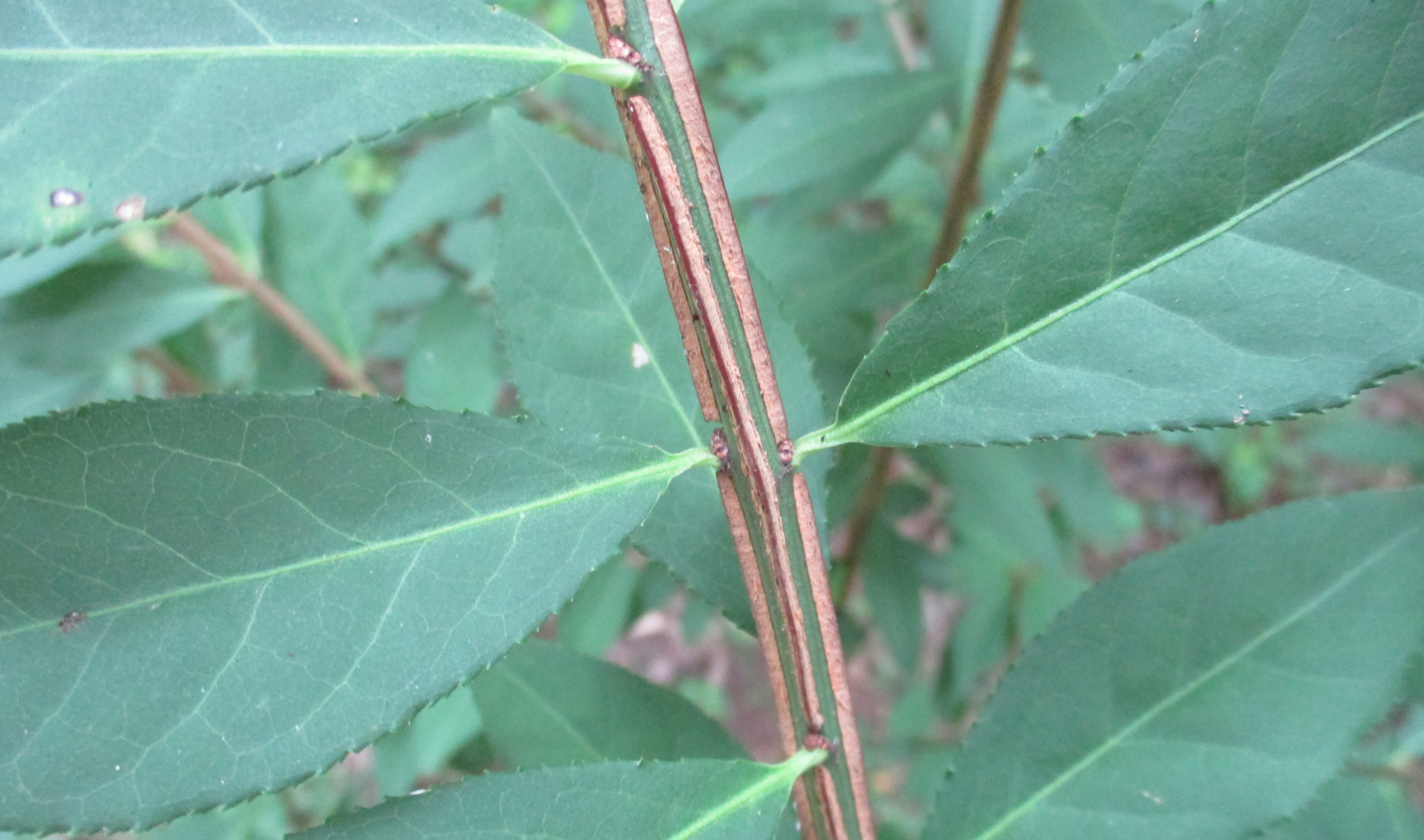Seemed Like a Good Idea at the Time
go.ncsu.edu/readext?615501
en Español / em Português
El inglés es el idioma de control de esta página. En la medida en que haya algún conflicto entre la traducción al inglés y la traducción, el inglés prevalece.
Al hacer clic en el enlace de traducción se activa un servicio de traducción gratuito para convertir la página al español. Al igual que con cualquier traducción por Internet, la conversión no es sensible al contexto y puede que no traduzca el texto en su significado original. NC State Extension no garantiza la exactitud del texto traducido. Por favor, tenga en cuenta que algunas aplicaciones y/o servicios pueden no funcionar como se espera cuando se traducen.
Português
Inglês é o idioma de controle desta página. Na medida que haja algum conflito entre o texto original em Inglês e a tradução, o Inglês prevalece.
Ao clicar no link de tradução, um serviço gratuito de tradução será ativado para converter a página para o Português. Como em qualquer tradução pela internet, a conversão não é sensivel ao contexto e pode não ocorrer a tradução para o significado orginal. O serviço de Extensão da Carolina do Norte (NC State Extension) não garante a exatidão do texto traduzido. Por favor, observe que algumas funções ou serviços podem não funcionar como esperado após a tradução.
English
English is the controlling language of this page. To the extent there is any conflict between the English text and the translation, English controls.
Clicking on the translation link activates a free translation service to convert the page to Spanish. As with any Internet translation, the conversion is not context-sensitive and may not translate the text to its original meaning. NC State Extension does not guarantee the accuracy of the translated text. Please note that some applications and/or services may not function as expected when translated.
Collapse ▲Around 1979, while a senior studying horticulture at the University of Tennessee, I transplanted several small winged euonymus (Euonymus alatus) plants into my parent’s landscape just outside Bristol, Tn. Mom is still living at the same place, and I’ve had the chance to watch a single landscape evolve for 40 years and counting. Some of the evolution is a little unsettling, in particular the steady advance of the winged euonymus.
At least late as the early 1990s, winged euonymus, also known as burning bush, was widely considered to be “still one of the finest plants for American gardens” (Manual of Woody Landscape Plants, Michael Dirr, 1990 edition). It was noted for its fine foliage, outstanding red fall color, general toughness, rate of growth, and other attributes. Gradually it became evident that this non-native was performing a little too well in some places. Today, the NC Extension Gardener Plant Tool Box, Missouri Botanical Garden and other sources tell us that the species has naturalized in at least 21 eastern and midwestern states, and in some areas is considered to be a threat to native plants. In addition, the NC Native Plant Society now ranks it as a “significant threat” to native plant communities in the state.
Winged euonymus doesn’t seem to be quite as well adapted to the heat and humidity of Eastern NC, and during my 32 years in this area I haven’t encountered naturalized stands. But it certainly thrives and has become an issue in other parts of the state.
On the property in Bristol, there’s no question that dense stands have formed over the years, and that young seedlings carpet the ground to the extent that nothing else can be seen there – with the exception of a few equally problematic Japanese stiltgrass (Microstegium vimineum) seedlings joining in. In addition, I can find numerous individual plants scattered in nearby open woods, all of which have the potential to start up their own small cities. It looks like the old place needs some work – whenever I can get to it.

Close up of winged stem. This individual may or may not have originated from the cultivar ‘Compactus’. Wings are said to be more prominent on the species as compared to the cultivar, but this can be a subtle difference, and certainly doesn’t appear to be relevant in terms of invasiveness.






